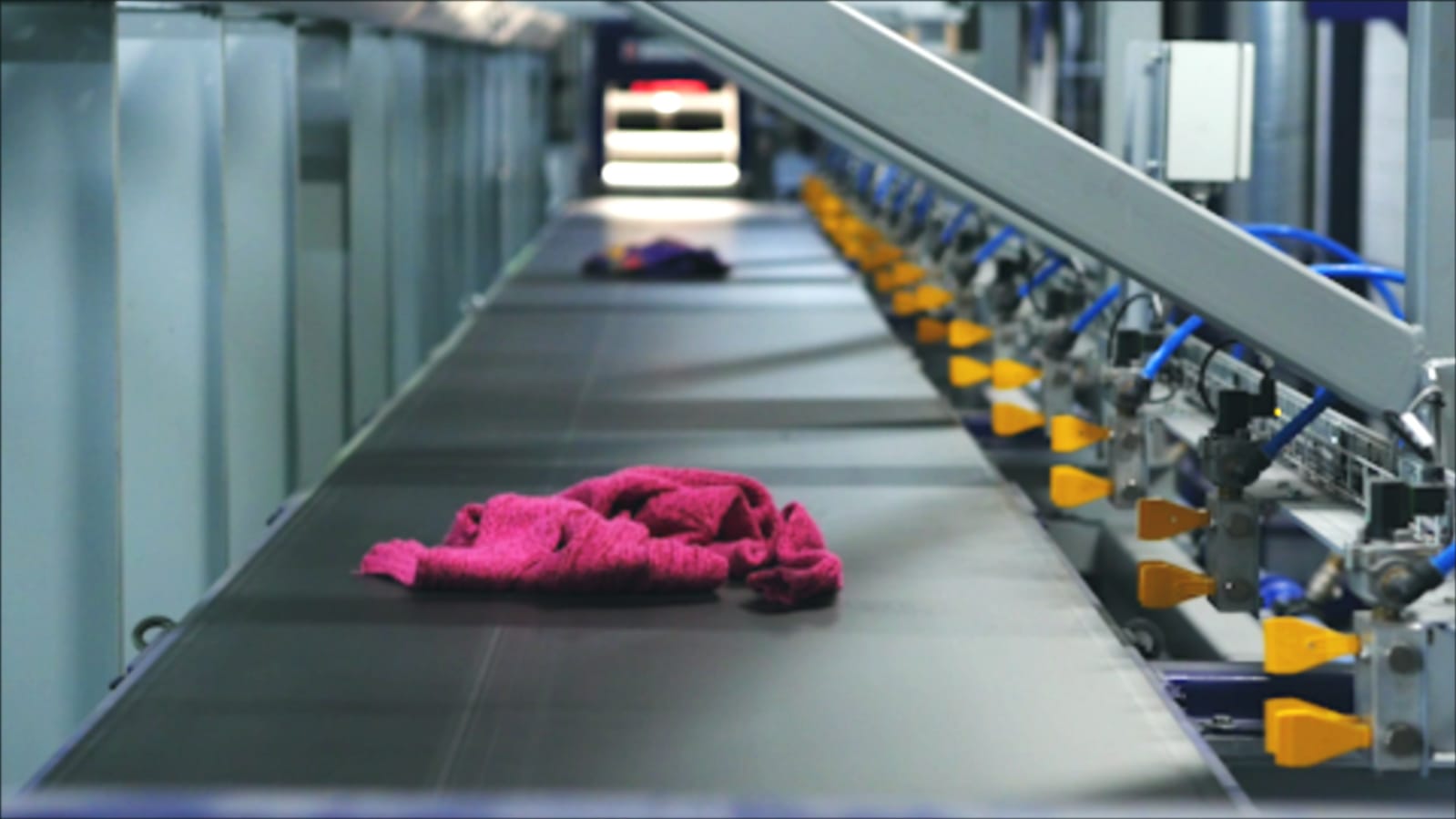The sustainable ‘harvesting’ of textiles
Textiles2Textiles – a partnership of Wieland Textiles and Retail Experts – is an ambitious organization based in Wormerveer, the Netherlands. We are the first company worldwide that has developed a method for textile reuse in its ultimate form. It is our mission to deploy the latest technological innovations in order to literally reuse every garment and fiber. This is what makes us different.

Our main product is PCC (Post Consumer Clippings). These discarded garments are used as feedstock for a circular textile industry. Our Fiber Farm® Textile Recycling Centers are the only producers in the world to process non-rewearable post-consumer textiles into valuable circular resources that are homogeneous, clean and traceable. This is a major step forwards in making the (international) textile industry more sustainable. By making supply chains shorter, we are able to ‘’harvest’ textiles in a sustainable way, at any location. While our innovation was born in the Netherlands, our quest extends far beyond. This is because we have developed a unique physical and digital infrastructure that can be replicated in Fiber Farms® worldwide.
The process: How does it work?
Step 1 – Cleaning-up of basic materials
Our feedstock is provided by local textile collectors. The ‘original’ – jargon for unsorted, used textiles in bags – consists for of 10 to 15 per cent out of non-textile materials that don’t belong there. Those materials are ‘cleaned up’ at the conveyor belt by removing household waste, pillows and duvets, paper and other kinds of waste.

Step 2 – Pre-sorting of collected textiles
During the pre-sorting process, in general two fractions are separated in preparation for post-sorting: a fraction with re-usable products (in particular garments and shoes) and a fraction with textile materials that can be re-used as a raw material.Step 3 – Fibersorting
Fibersort is our cutting-edge, fully automatic installation in combination with an optical detection port at the beginning of a conveyor belt, programmed to sort textiles into 45 categories, based on their fiber composition, structure and color. One Fibersort installation is able to sort five million kilos per year.

Step 4 – Cutting & Cleaning
Textiles are still considered a waste product after the Fibersort. Buttons, zippers and labels still need to be removed by means of our ‘trim-clean’ technology, through a fully automated Cutting & Cleaning installation. This installation is developed by Textiles2Textiles and its partner Valvan Baling Systems.
Step 5 – Recycling
As soon as all buttons, zippers and labels are removed from the garments, the output is supplied to mechanical or chemical recyclers. It is our aim is to supply output to high-value recyclers only.




